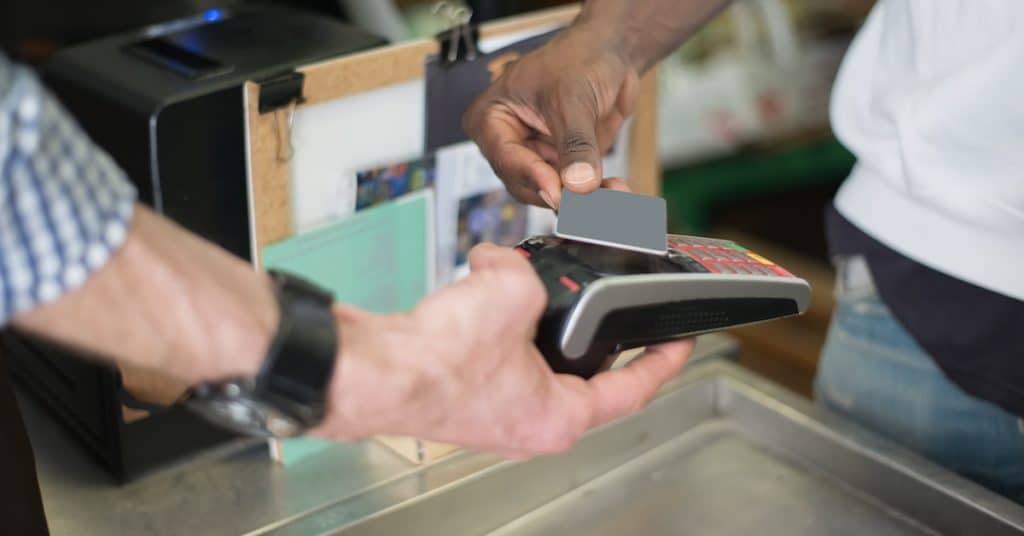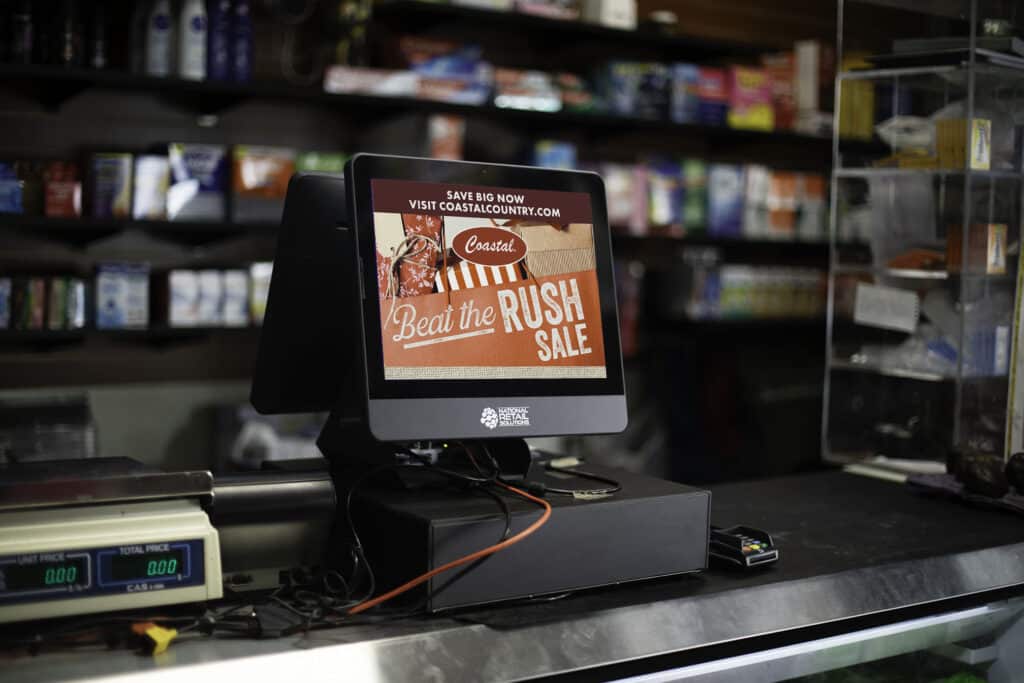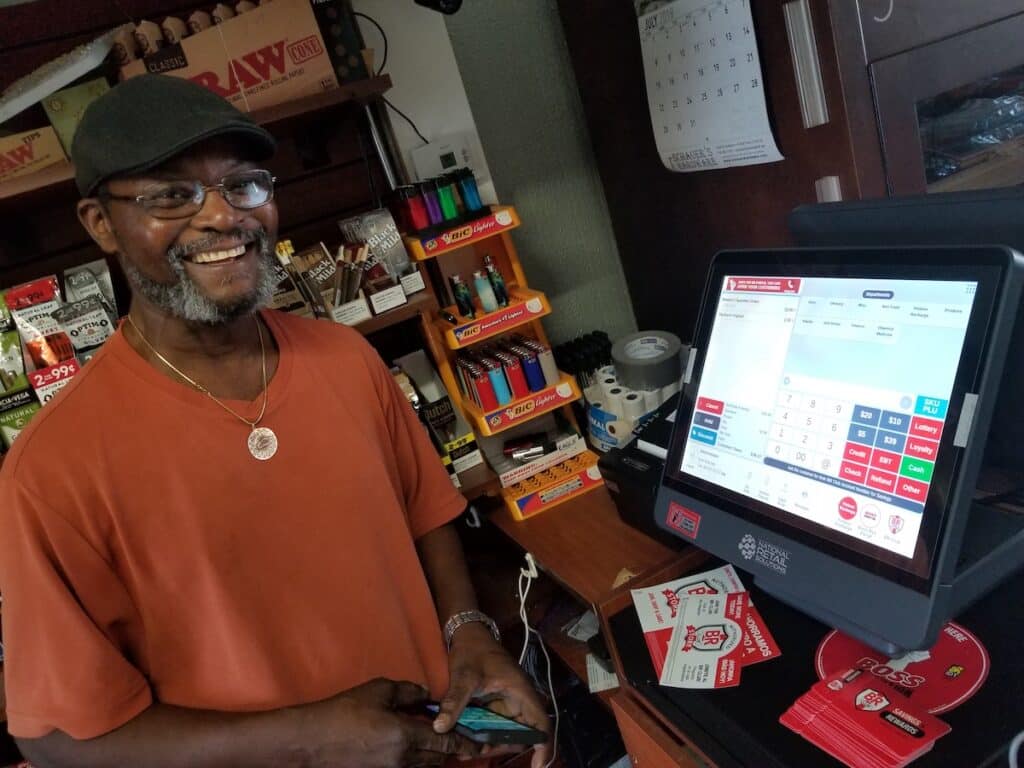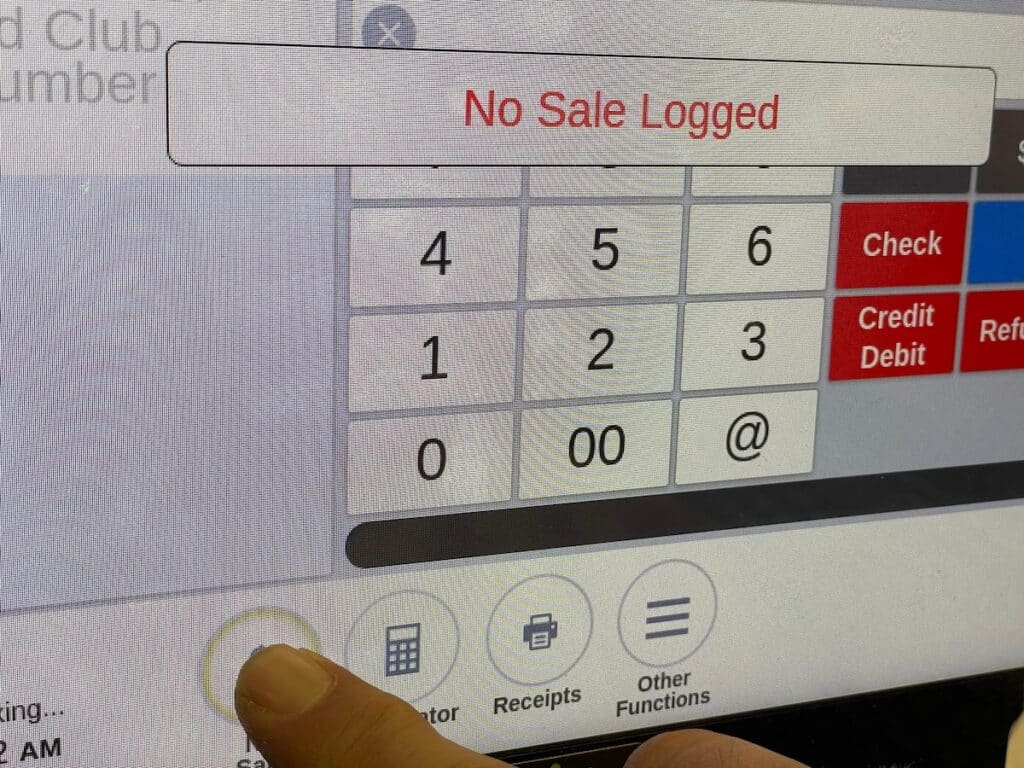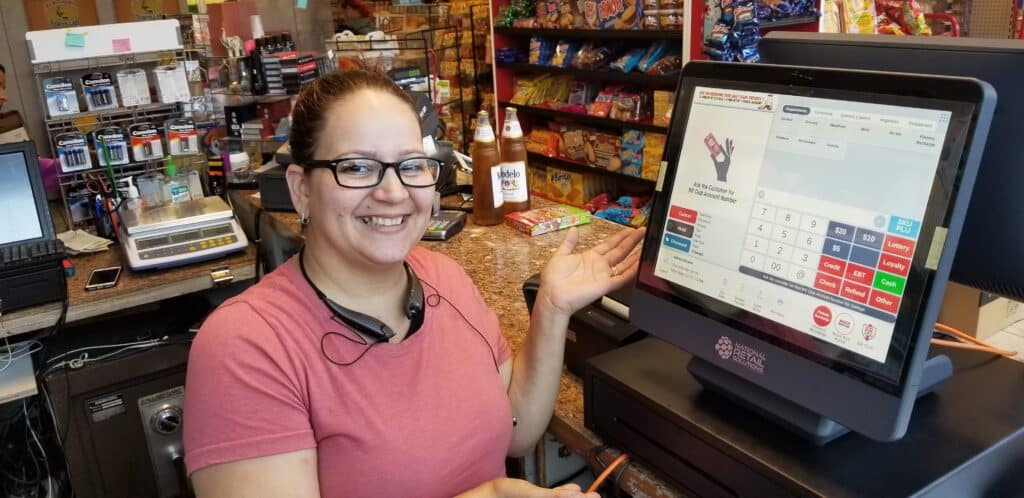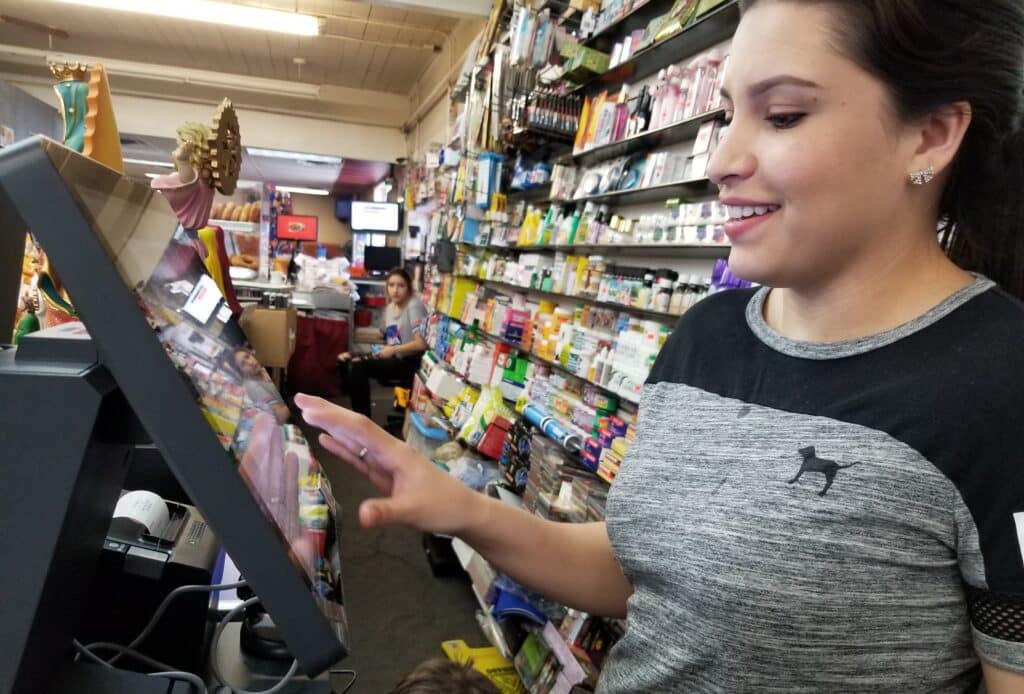It is normal to be confused by the terms “point of sale” and “point of purchase.” While they may sound similar, they refer to different aspects of the transactional elements of every retail store. The “point of purchase” refers to the physical location where merchants sell their products, whether online or in-store. Additionally, the “point of sale” describes how a customer completes a purchase at checkout. Both of these concepts are used by business owners to increase revenue generation and attract more clients.
What is POS (Point of Sale)?
A “point-of-sale” (POS) is where a retail transaction is completed. In a physical store, for example, it is the area where customers check out in front of a cash register. Similarly, when customers buy products online, they can use their devices to complete the transaction by pressing the checkout button. The displays are usually at the checkout and contain smaller items that are easy to put into the cart, encouraging customers to impulse buy. These items are also lower in price, which will also entice customers to spend more while checking out, increasing the store’s bottom line. A point-of-sale system is also used when customers check out in stores and process the transaction. The system is divided into two parts that make it a POS system. The
POS system hardware includes the barcode scanner, card reader, receipt printer, etc. And the
software consists of payment processing, inventory management, sales statistics, etc. There are also POS system companies that provide a mobile app and Ecommerce that can extend the POS’s footprint, and customers can purchase an item from just about anywhere. The POS system accepts credit, debit, mobile pay, gift cards, and other payment methods.
What is POP (Point of Purchase)?
The location where customers decide whether or not to purchase products is referred to as the “point of purchase.” The products can be placed anywhere in the store, but typically there are in-store displays to attract customers. These displays are usually strategically placed to promote the products. A POP significantly impacts whether a consumer heads to the POS with a cart full of goods or to the front door empty-handed. Therefore, a POP must be the outcome of your best preparation, strategy, and creativity. Merchants that want a great POP display need to consider several factors before creating one. The products that are displayed on a POP display should stand out and educate buyers about making a purchase. To make the display stand out, merchants must put it in high-traffic areas around the store. They can also promote limited edition or seasonal products that are sure to capture the attention of customers.
POP Display Strengths and POS Display Strengths
| POP Display Strengths | POS Display Strengths |
|---|
| More quantity of products | Single packaged items |
| Increase brand awareness | Impulse purchases |
| Placed in high traffic areas | Products are placed at the register |
| Great for sales, and promotions | Semi-permanent displays |
| Displays are much larger and product sizes vary | Smaller displays and lower in price |
What Are the Differences Between POS and POP?
A POP is an area where a potential customer decides what they will purchase and what quantity. A POS is the customer checkout location and a place where consumers will buy additional impulse items. The POP showcases your products in the best light, while the POS offers complementary items that consumers will gladly add to their shopping carts at the last minute. There are also similarities. Both must grab a shopper’s attention and spark interest in the advertised products. They raise awareness, but it depends on what the business owner wants to sell. Small business owners need to know their differences and use them to their benefit when planning a POP and POS to maximize sales. NRS has guided many merchants on what is best for their business and helped them succeed. For more information on how the NRS POS can benefit your business, please
contact our team or call
(833) 289-2767.
